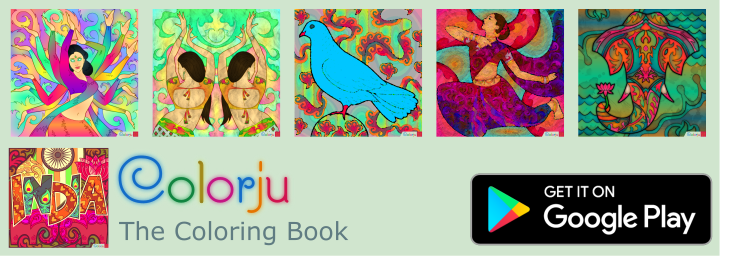Cute dragon coloring pages to print and color for free. Also don't forget to download the app "Colorju".
 |
| Cute baby dragon sitting on the floor. Fee and printable for personal usage. Heart feats. |
 |
| Print and color this cute baby dragon image and loose stress. Also suitable for children. Children's coloring pages. |
 |
| Cute dragon black and white line drawing to color. |
 |
| Scary looking Halloween dragon coloring book. Dragon with a tail and wings. |
 |
| Big dragon sitting on the floor. Color a dragon with wings and cute eyes. |
 |
| Cute fire breathing dragon coloring pages. For kids and also for adults. |
 |
| Cute dragon with dragon whiskers and horns. Dragon coloring pages to loose stress. |
 |
| Cute dragon with wings flying high in the sky coloring pages. |
 |
| Cute dragon with wings and horn coloring pages. |
 |
| Cute grown-up dragon with wings and a huge tail. Cute dragon coloring pages. |
Feel free to download the free app "Colorju".
Find the android coloring apps here

